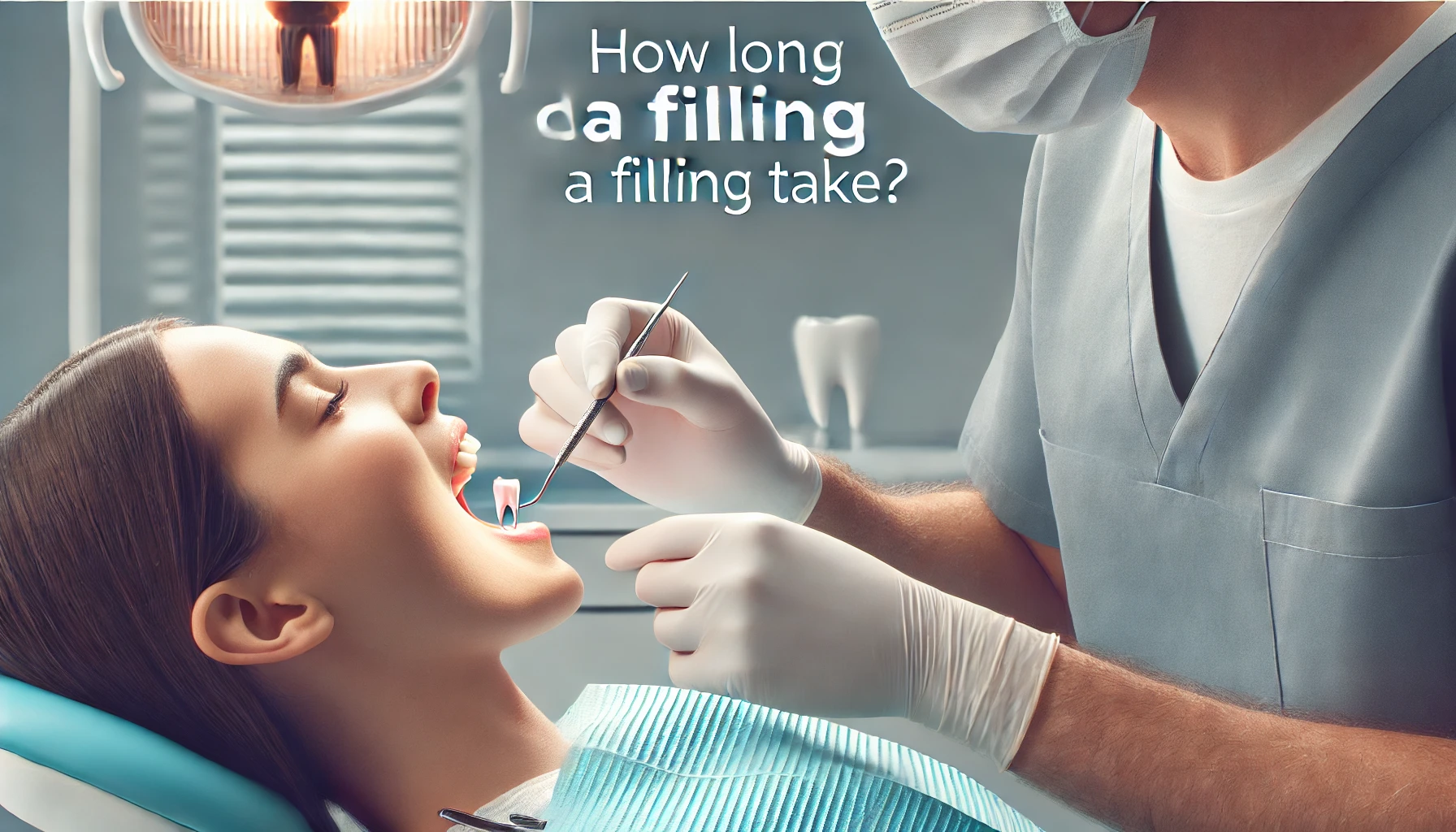Cavities formation occurs through plaque formation; the plaque is a sticky layer of bacteria that builds up on teeth and gets mixed with food and beverages containing sugars, generating acids that break down tooth enamel. This results in openings known as cavities and can not heal themselves thus necessitating filling by a dentist. Not only does a filling replenish the damaged tooth but it also guards a person against future decay by removing areas that will sustain bacteria. It is a regular process (often at no cost), and unrelated to pain and often painless, and it normally does not exceed one hour but after the process sensitivity may be a problem.
Cavities are a common problem with the world health organization accounting untreated cavities as the most prevalent dental imbalance worldwide and provides that approximately 2 billion adults possess cavities. One of the most common procedures that are done more than any other is dental fillings and one of the reasons they are carried out is to repair the teeth due to the damage caused by the decay and to guard it against further damage. If you need more interested info like that visit quick guider.
Understanding more about how it works, what is used, and recovery time should help get rid of any nervousness about the treatment. Fillings recover the ability of a tooth, allowing patients to recover the necessary routine within a short period of time and with minimum discomfort.
